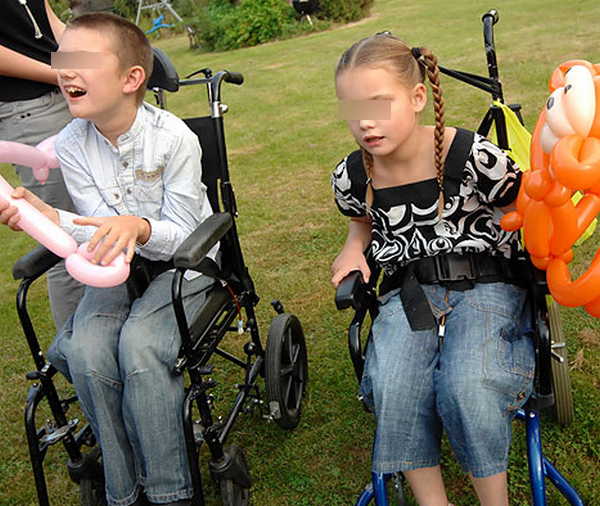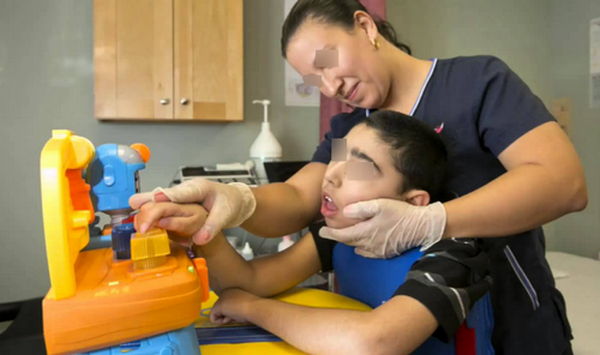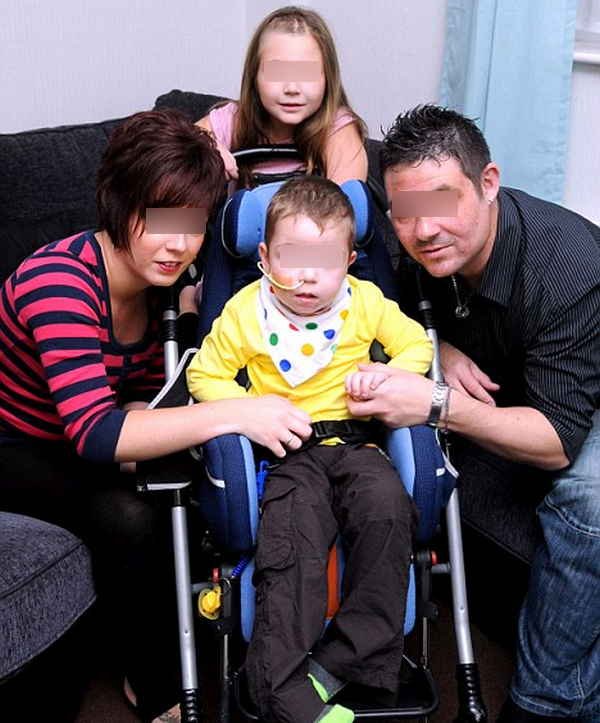Batten Disease
Last reviewed by Dr. Raj MD on January 12th, 2022.
What is Batten disease
A batten disease is a genetic disorder of the nervous system. It belongs to the group of disorder called Neuronal Ceroid Lipofuscinoses (NCL).
Medical practitioners used the term Batten disease to describe all forms of Neuronal Ceroid Lipofuscinoses.
There are four types of NCL and they are the following:
- Congenital NCL – It is the severe form of NCL characterized by severely small head and seizures. The chance of survival is extremely low. Babies born with congenital NCL die soon after birth. (1, 2)
- Infantile NCL – The clinical manifestations start to appear between six months and 2 years of age. The progression of symptoms is rapid that the patient usually dies before the age of 5. Patients with infantile NCL have an extremely small head (microcephaly), growth is altered, and have myoclonic jerks. (1, 2, 3)
- Late infantile NCL – It affects children between 2 to 4 years old. The clinical manifestations include ataxia (loss of muscle coordination) and seizures. The patient usually dies between the ages 8 and 12 years old. (3, 4)
- Adult NCL – The progression of the condition is slow and the symptoms are mild. The clinical manifestations begin before the patient reaches 40 years old. (4)
Batten Disease Pictures

Image 1: Children living with a Batten disease.
Picture Source: www.primehealthchannel.com

Photo 2: A baby with an infantile batten disease condition.
Picture Source: homepages.ihug.co.nz

Image 3: Children with late infantile batten disease.
Picture Source: bigtennetworks.files.wordpress.com
What are the symptoms of Batten’s Disease?
The symptoms primarily depend on the type of Batten disease. Each type has distinct clinical manifestation, which sets it apart from the rest. Doctors carefully and thoroughly observe the signs and symptoms as they used them to differentiate one type to another.
However, there are classic signs and symptoms to watch out for. They are the following:
- Vision problems
- Seizures
- Repetitive speech (5)
- Slow learning
- Behavioral changes
- Severely small head
- Decreased muscle mass and body fat (4, 5)
Batten disease Prevalence
Batten disease is an extremely rare condition. In the United States, the ratio is 2 to 4/10,000 live births. The prevalence rate is a bit higher in other parts of the world such as Canada, Sweden, Finland, and some parts of Northern Europe. (5, 6)
What causes Batten disease?

Image 4: Unaffected carrier parents can still produce children with a Batten disease.
Picture Source: upload.wikimedia.org

Photo 5: The siblings both have a Batten disease.
Picture Source: i.dailymail.co.uk
The human cells should have 23 pairs of chromosomes, which is equivalent to a total of 46 chromosomes. A batten disease is an inherited condition in which a child has inherited two copies of a defective gene (one gene from each parent).
The defective genes cannot produce the required protein needed by the body to function well leading to the development of Batten disease. If the person only has one defective gene, he can’t inherit the condition. However, he becomes a carrier, which means that there is a possibility that his offspring can acquire batten disease. Batten disease, is a genetic disorder primarily caused by mutations in genes. (6, 7, 8)
What is the life expectancy of Batten disease?
The life expectancy of batten disease primarily depends on the type. Patients with infantile type typically reach middle childhood. Those with late infantile batten disease reached 8 to 10 years of life while those with juvenile Batten disease usually reached late teens to early 20s.
People with an adult type of Batten disease have a normal lifespan. (7, 8)
Diagnosis
- Eye examination – Visual problems are the typical manifestations of Batten disease. Hence, an eye exam is done to check for loss of cells within the eyes.
- Urinalysis and blood test – Some abnormalities in the urine and blood may indicate Batten disease. Patients with Batten disease usually have high dolichol in the urine. In the blood, the doctor checks for the presence of vacuolated lymphocytes (WBCs with holes or cavities).
- Tissue sampling – This is done to check for typical NCL deposit.
- EEG (electroencephalogram) – It is done to record electric impulses in the brain. (8)
- CT scan/MRI – It is done to detect any abnormal changes in the appearance of the brain.
- DNA analysis – This test is done for prenatal purposes, especially if Batten disease runs in the family. (7)
Batten disease Treatment

Image 6: A person with a Batten disease requires constant help and assistance from medical practitioner and immediate family members.
Picture Source: i.ytimg.com

Photo 7: A child with a Batten disease is on a wheelchair to ease mobility.
Picture Source: i.dailymail.co.uk
Unfortunately, there is no cure for Batten disease up until this time. Experts continue to do their research to find a cure for Batten disease. Currently, the focus of care is on the symptomatic relief and management of the patient’s condition. A therapy is also a part of the treatment and management approach.
The primary goal is to improve the quality of life of the patient and the immediate family members. Specialist equipment and aid are needed to maintain the quality of life. As the patient’s condition progresses, medical equipment is necessary such as wheelchairs and visual impairment aid.
A special bed mattress, seating, and bathing and toileting aids are also needed. This can be extremely costly and it will certainly possess financial challenges in the patient’s immediate family. All cases of Batten disease leads to death, although some patients have a longer lifespan than the others. (8, 9, 10)
References:
- https://en.wikipedia.org/wiki/Batten_disease
- https://bdsra.org/what-is-batten-disease/
- https://www.ninds.nih.gov/Disorders/Patient-Caregiver-Education/Fact-Sheets/Batten-Disease-Fact-Sheet
- https://beyondbatten.org/understanding-batten/what-is-batten/
- https://beyondbatten.org/understanding-batten/diagnosis-symptoms/
- https://www.webmd.com/children/batten-disease
- https://taylorstale.org/rare-disease/about-batten-disease/
- http://www.battens.org.au/what-batten-disease
- http://brainfoundation.org.au/disorders/batten-disease
- https://rarediseases.org/rare-diseases/batten-disease/